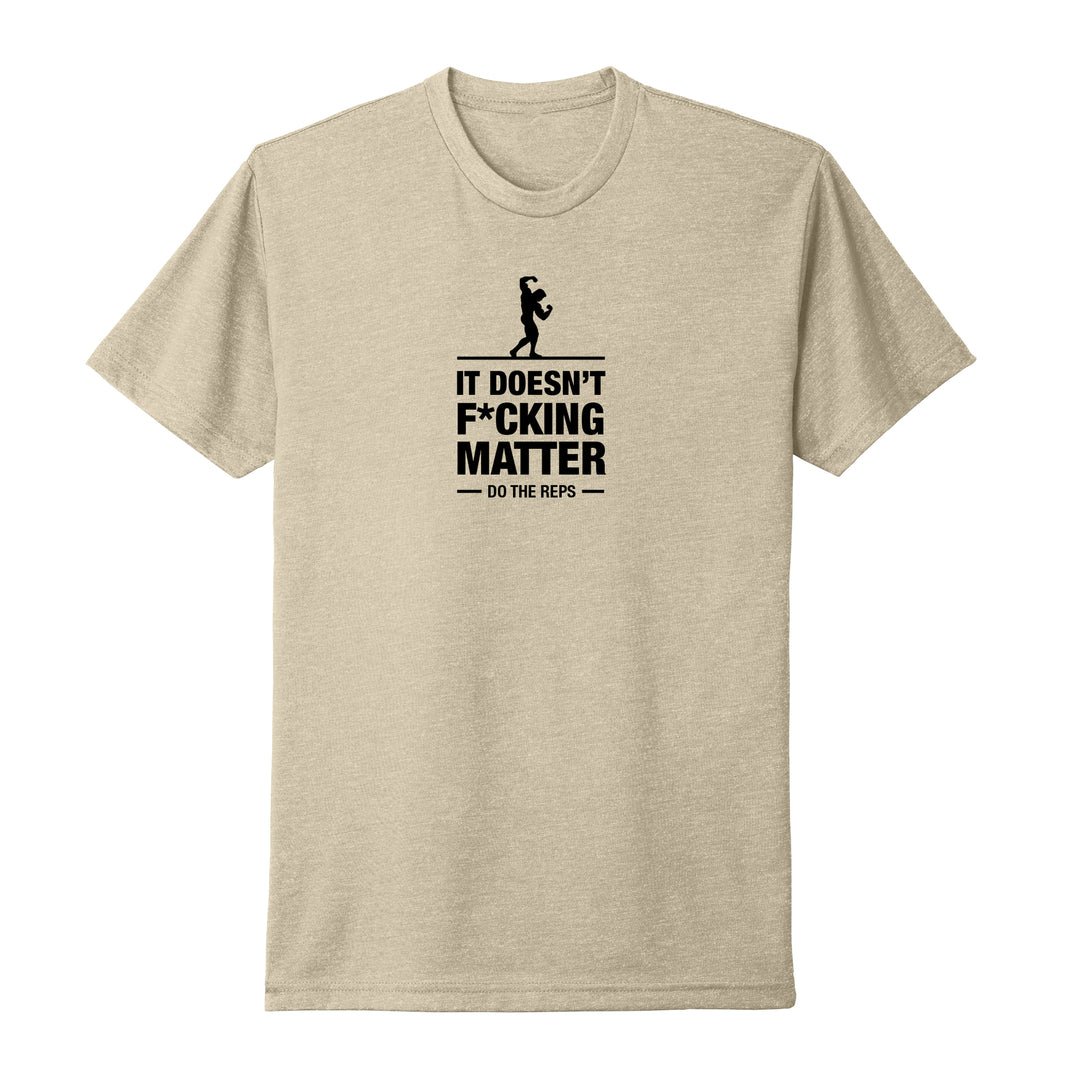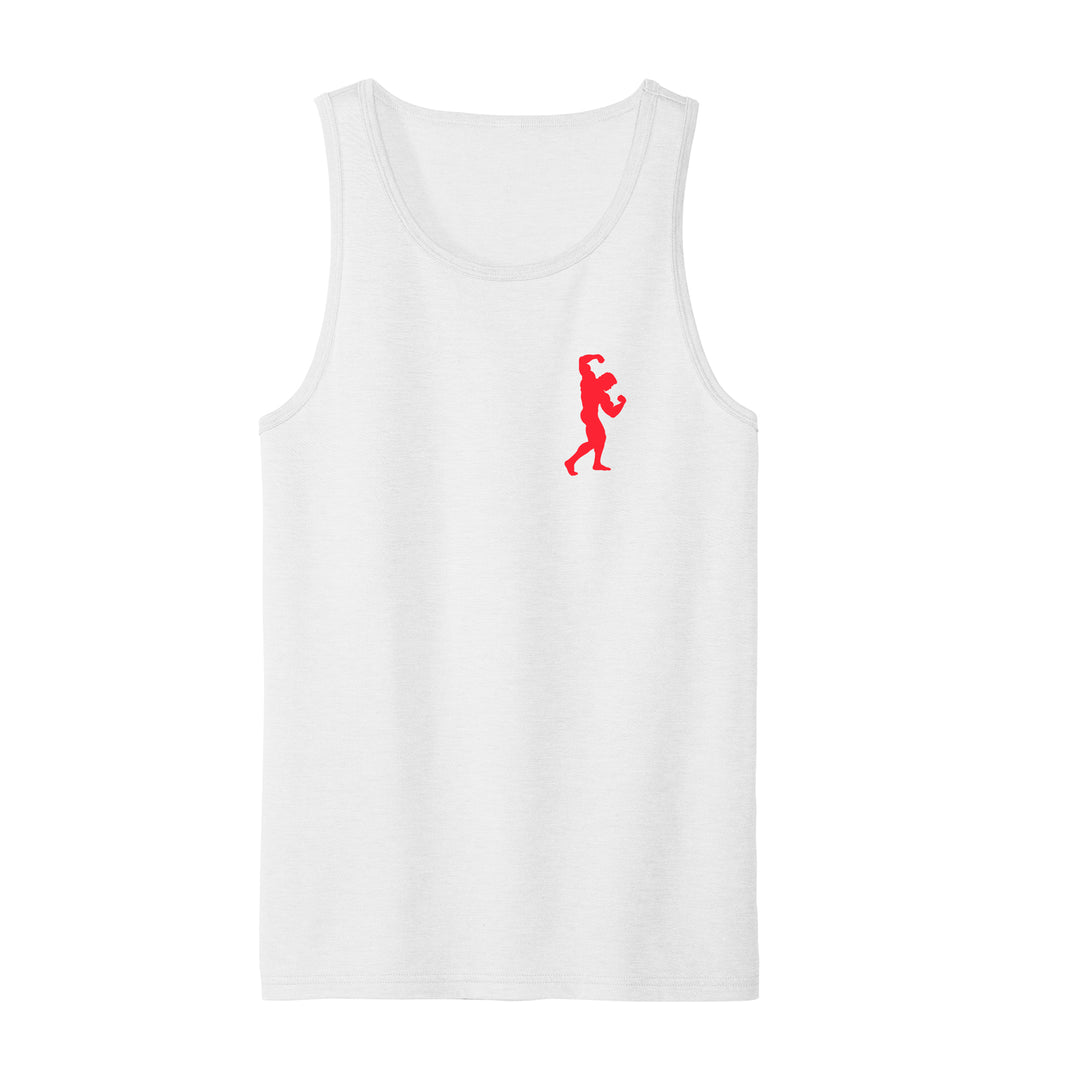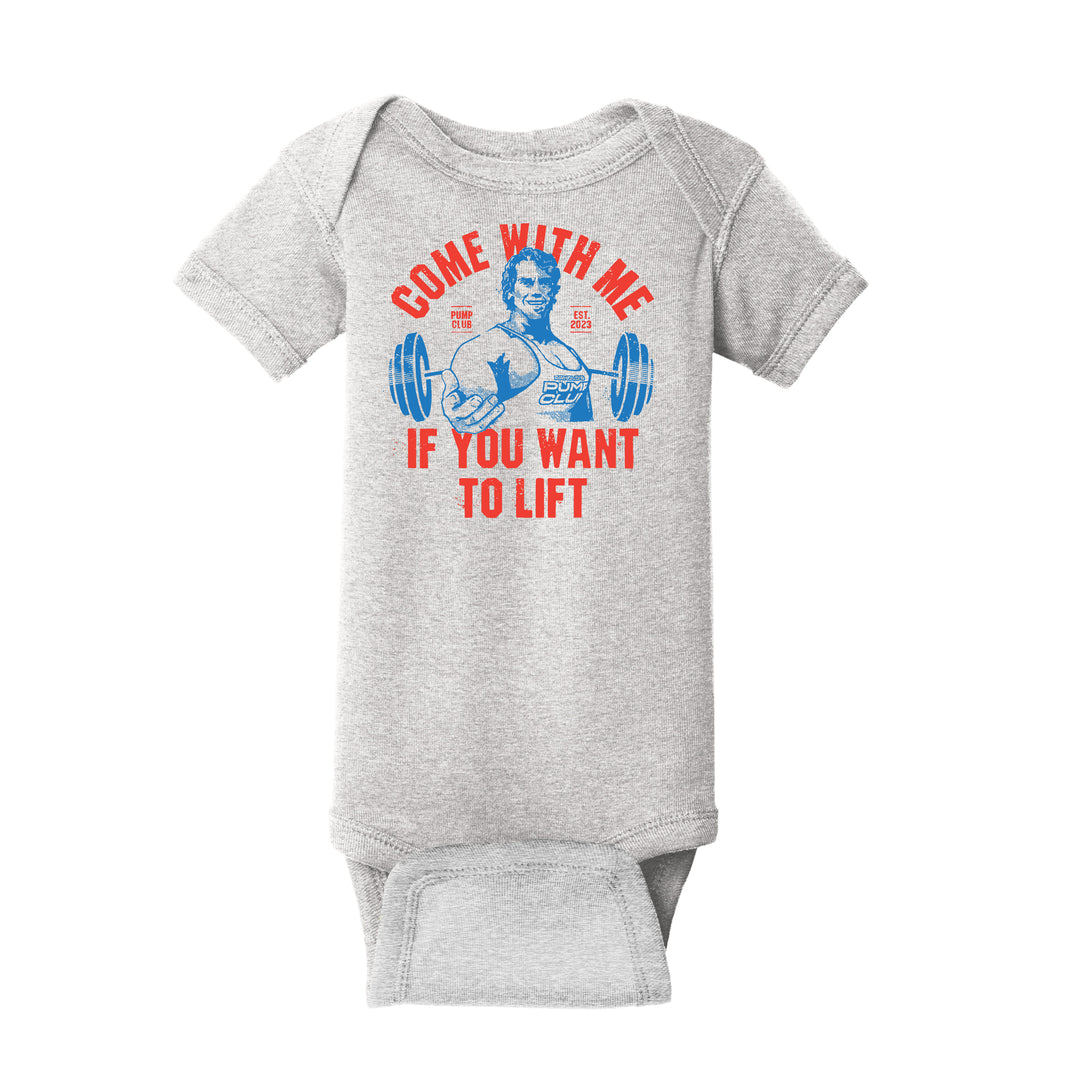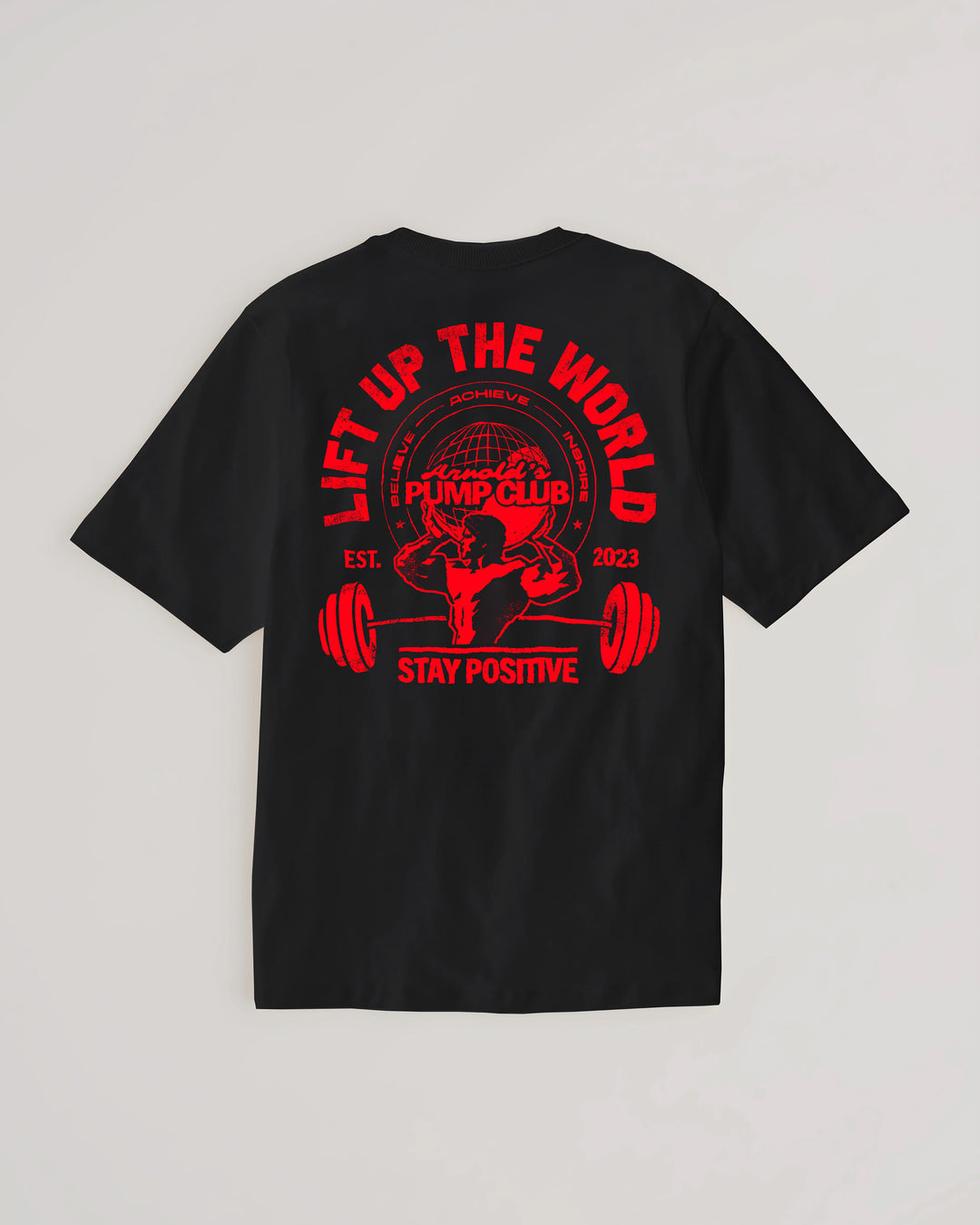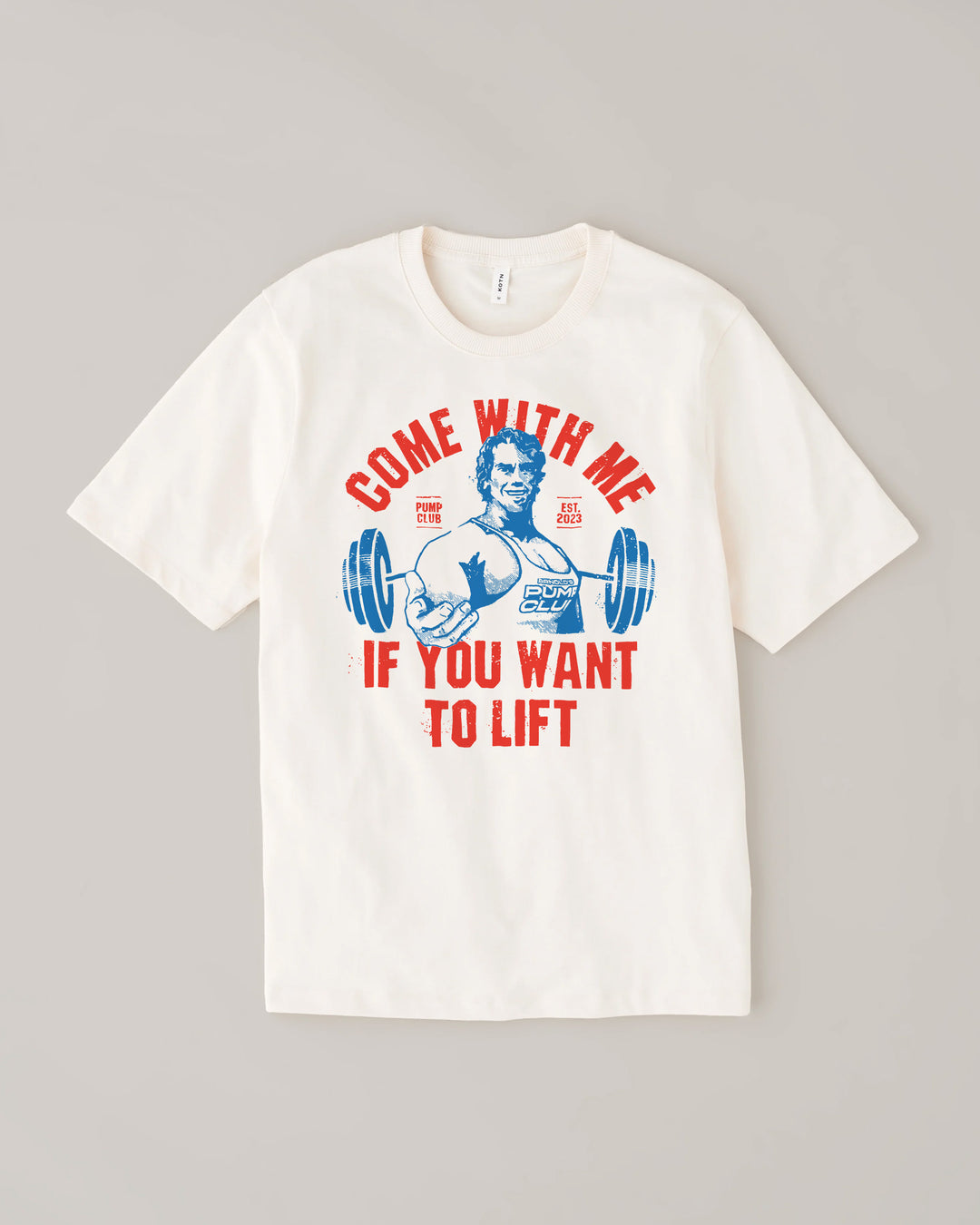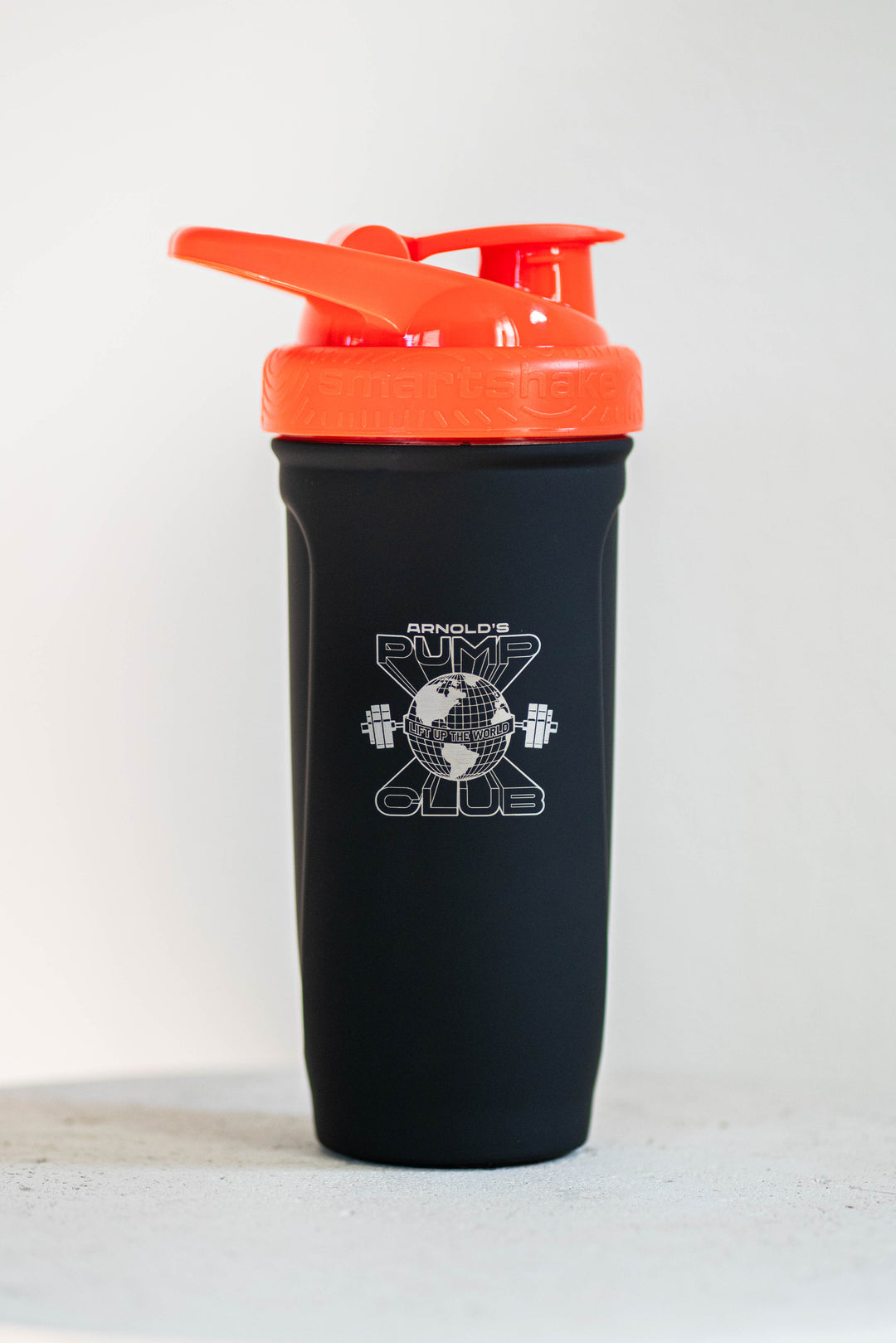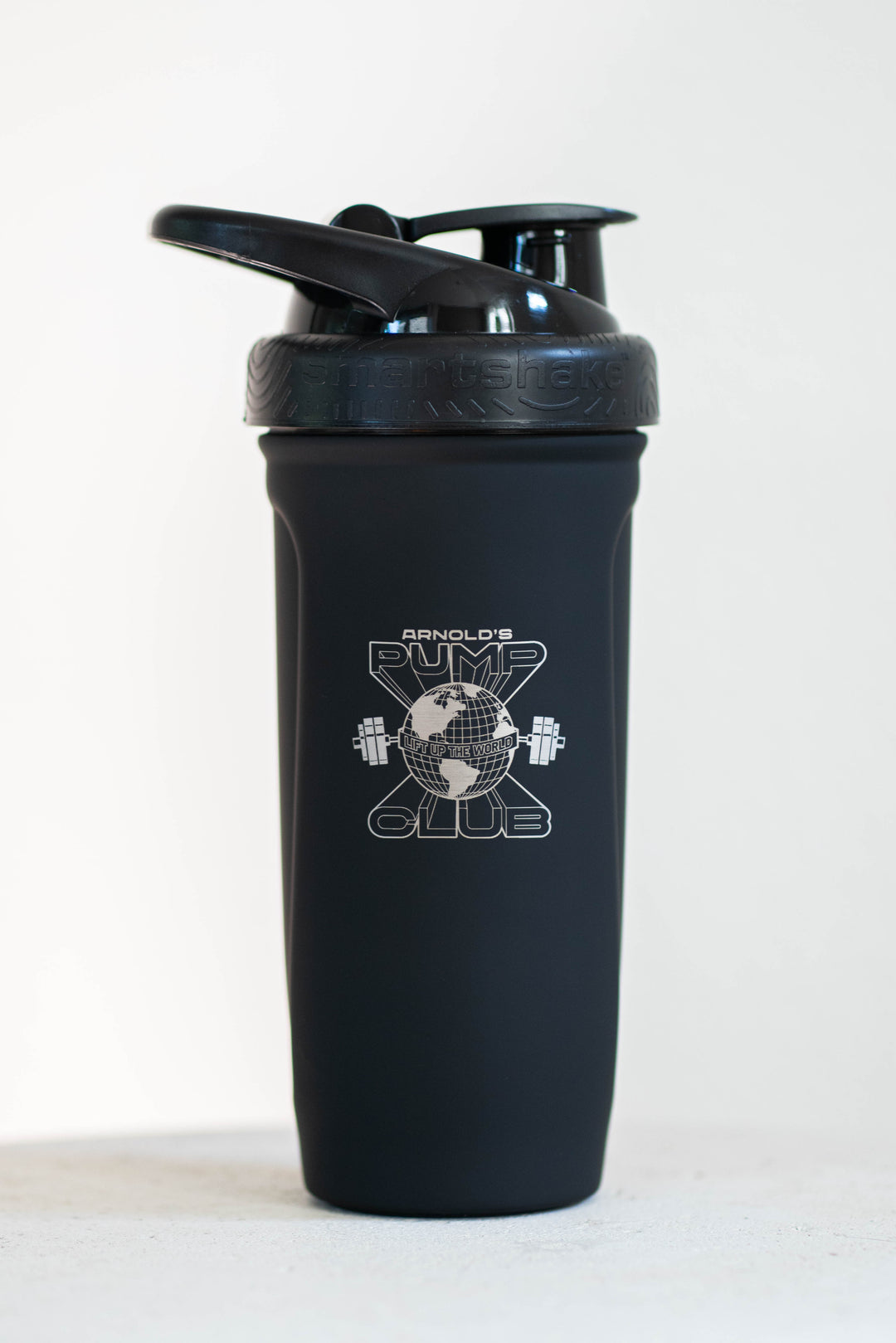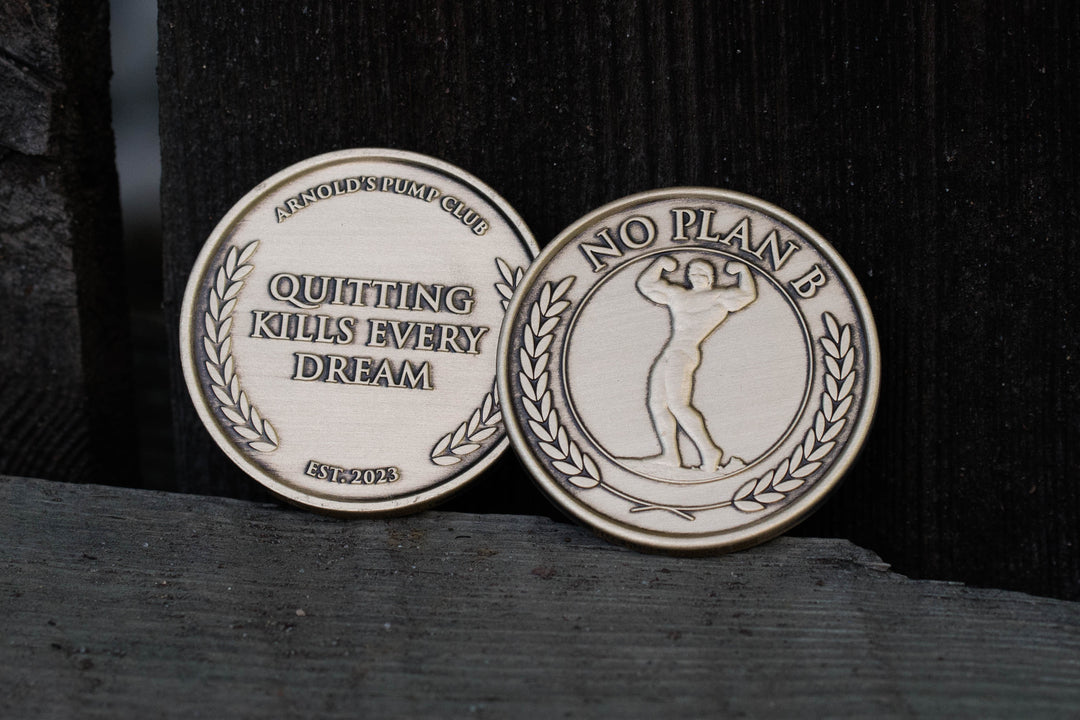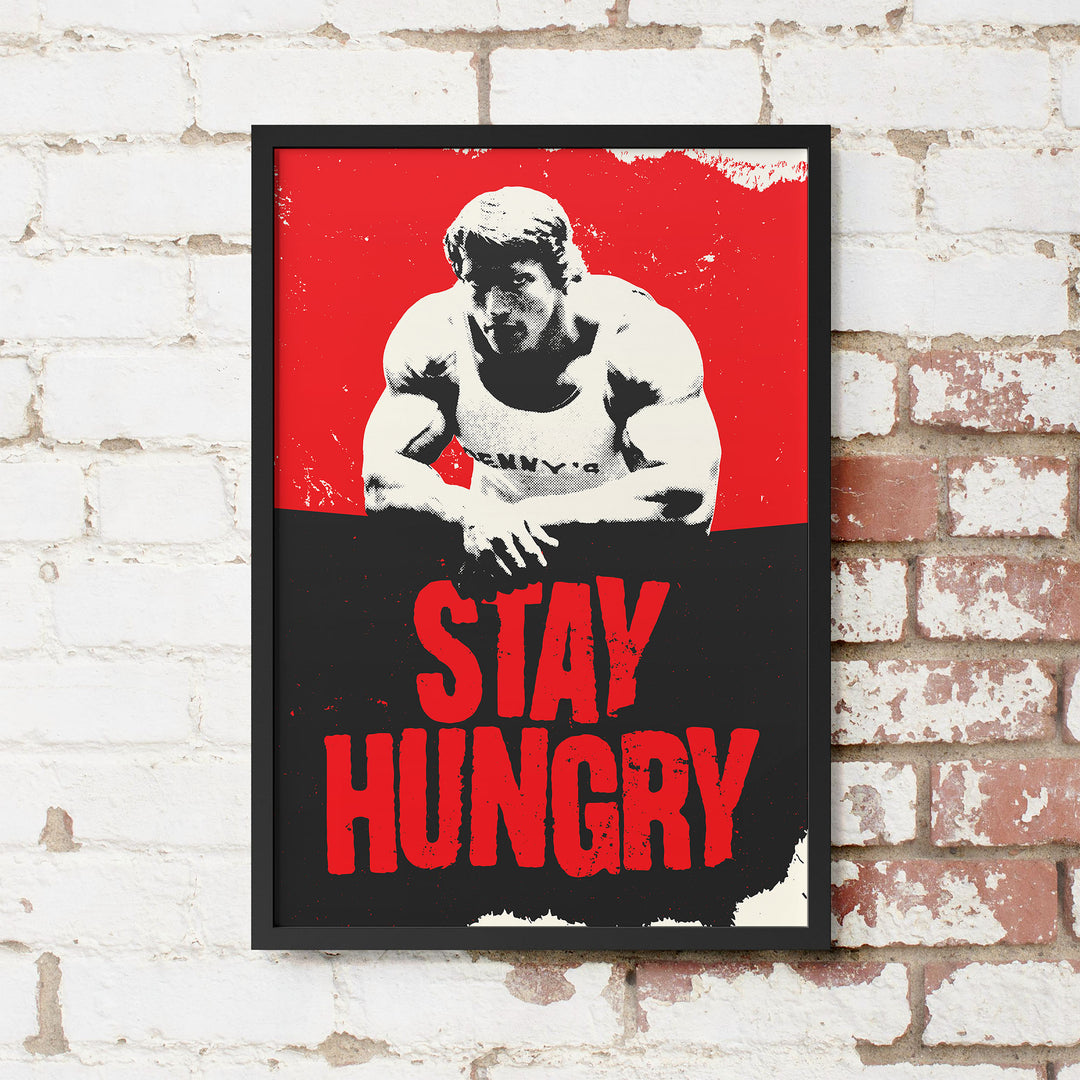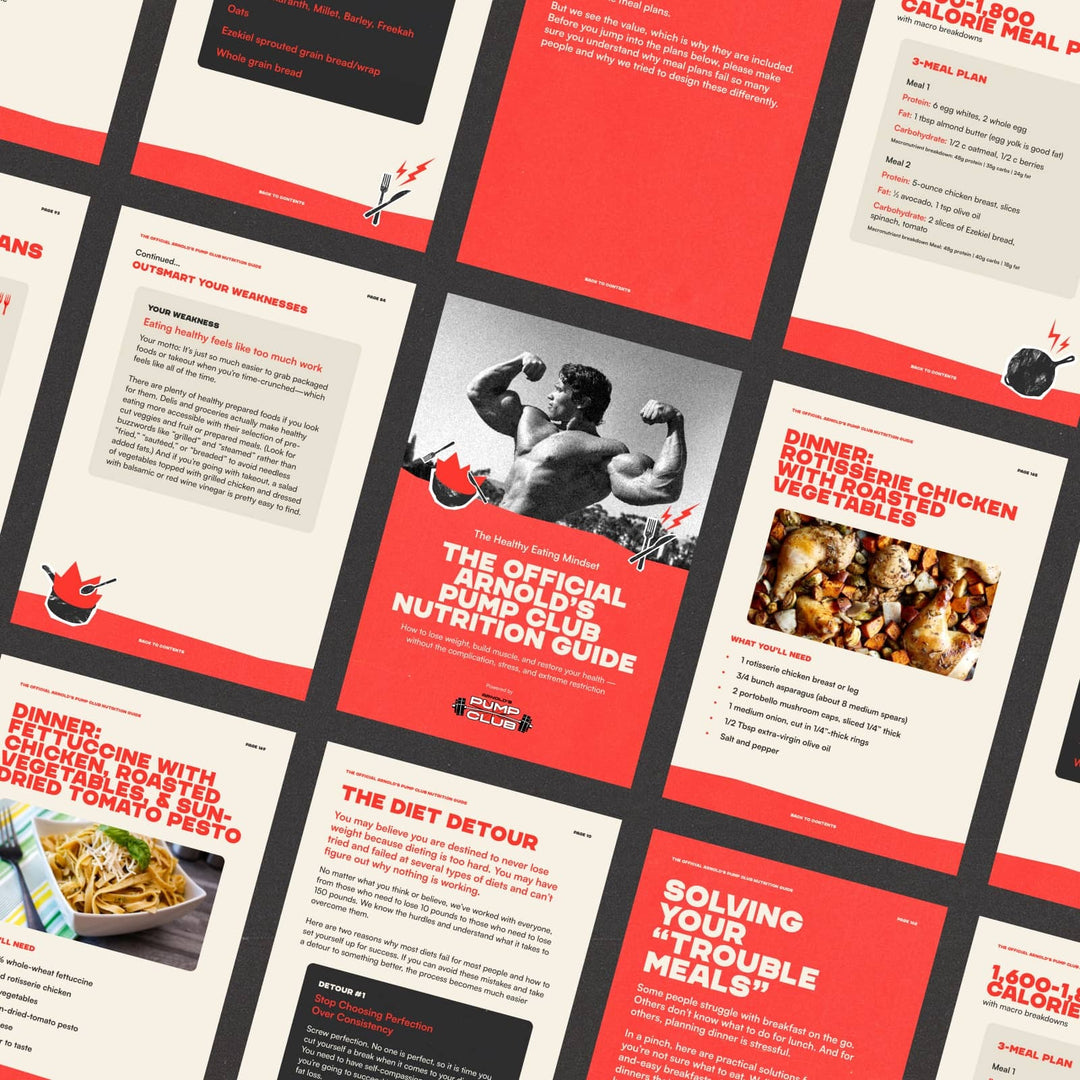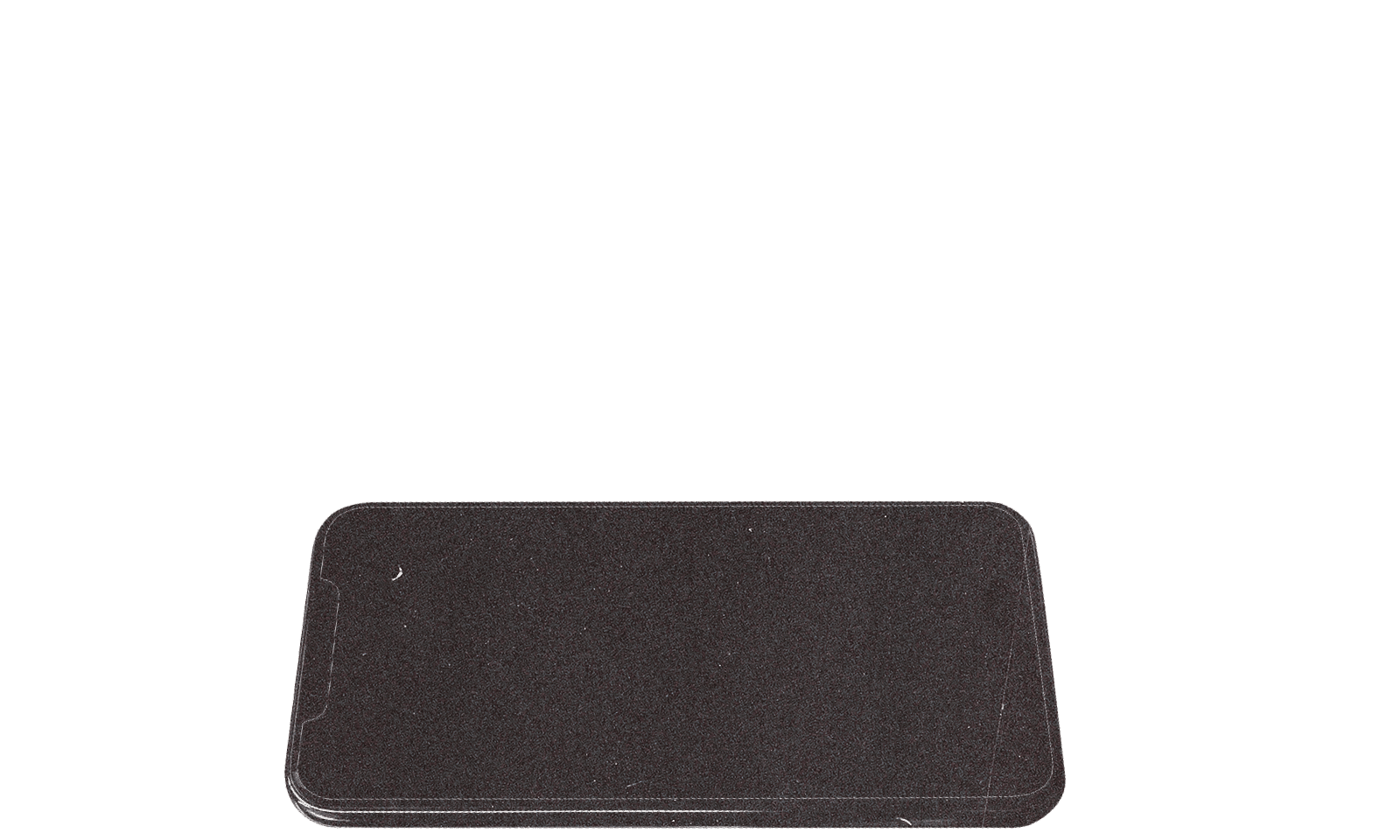Welcome to the positive corner of the internet. Every weekday, we make sense of the confusing world of wellness by analyzing the headlines, simplifying the latest research, and offering quick tips designed to make you healthier in less than 5 minutes. If you were forwarded this message, you can get the free daily email here.
Today’s Health Upgrade
Has obesity met its match?
Curing lower back pain
Last call for book club
-
The pill that powers cardio
Arnold’s Podcast
Want more stories from Arnold? Every day, Arnold’s Pump Club Podcast opens with a story, perspective, and wisdom from Arnold that you won’t find in the newsletter. And, you’ll hear a recap of the day’s items. You can subscribe on Apple, Spotify, Google, or wherever you listen to podcasts.
Health
Has Obesity Met It’s Match?
Something happened this year that we haven’t seen in more than 60 years.
According to new data, obesity rates in the United States dropped approximately 2 percent since 2020, causing many to wonder if we have reached peak obesity.

Going back to the 1960s, about 13 percent of the population was considered obese by the CDC. That number ballooned to 43 percent, with approximately 70 percent being considered overweight or obese.
As those numbers have climbed, weight-related conditions have also increased, including more Type-2 diabetes, high blood pressure, stroke, and cardiovascular disease. According to the World Obesity Federation, the cost of obesity could run as high as $4.32 trillion per year by 2035.
While there’s not enough data to determine why, the widespread use of GLP-1 medications such as Ozempic and Wegovy has likely contributed. About one out of every eight Americans have used the new class of drugs to fight diabetes and obesity, and they have also shown promise for curbing other addictive behaviors such as alcoholism.
While obesity overall is headed in the right direction, severe obesity has increased to a new peak of 10 percent.
That just means there’s still work to be done. But the overall decline in obesity is a positive trend no matter how you look at it, as worldwide obesity levels have also increased dramatically in the last thirty years. Some speculate this could be a sign that we are at a turning point in obesity, similar to the pivotal shift that occurred with smoking in the 1960s.
But it’s not just medication-dependent. You can borrow a few tips from the NWCR (National Weight Control Registry) to improve your health. They monitor the behaviors and progress of more than 10,000 people who have lost a lot of weight —and kept it off—for years. Two of the most common dietary habits are avoiding inflexible restrictions and extreme diets and limiting — but not completely removing — ultra-processed foods.
Fitness
Work You Legs, Heal Your Back
When your body hurts, it seems natural to take a load off and rest. But that’s not necessarily the best approach to feel better.
A new analysis found that improving the range of motion in your hamstrings — with stretching or exercise — can help you bounce back faster and relieve lower back pain.
Scientists analyzed 14 studies on people who suffered from chronic back pain. They found that improving hamstring mobility — even with something as simple as stretching — could take the edge off of pain and improve function in patients with lower back issues.
Hamstring stretching reduces muscle tightness and improves mobility in the lower back and pelvis, thereby reducing strain on the lower back (the lumbar spine) and decreasing pain.
Several studies found that stretching two or three times per week led to a clinically significant improvement in as little as three weeks. The researchers found that holding a hamstring stretch for 10 to 40 seconds and doing five sets per leg was enough to see improvements.
But stretches aren’t the only thing that works. Another meta-analysis found that any exercise that improves hamstring range of motion and strength can help your back feel better. That means resistance training, yoga, and pilates improve lower back issues as much as physiotherapy or stretching.
The only thing that doesn’t work is inactivity. While it’s best to work with a physical therapist or doctor to ensure you’re doing what your body needs, research suggests that waiting for the pain to go away is the worst approach if you want relief.
Community
Last Call For October Book Club
Did you know Arnold’s Pump Club has a book club?
This month’s featured book is You Can’t Screw This Up.
Grab your copy, give it a read, and then join us on Wednesday, October 16th for a live conversation with the author in The Pump app.
We’ll discuss diet, nutrition, exercise, and building lasting healthy habits. We hope you enjoy the book and will join the rest of the village for the conversation.
Nutrition
The Pill That Powers Cardio?
Tired of hitting a wall when doing cardio? A study on elite athletes might have unlocked a new way to help you find your second wind.
Researchers found that a high dose of beta-alanine improved aerobic performance and power and reduced overall fatigue.
The scientists studied World Tour Cyclists and split them into two groups: one received beta-alanine and the other a placebo. They took the supplement for one week during an intense training camp and then again during a 4.5-kilometer uphill time trial.
Those who took the supplement performed significantly better in the time trial than those who received the placebo. (And yes, even the placebo group saw a slight improvement in the performance.)
The researchers believe the supplement group saw a better outcome for two reasons. Beta-alanine can increase muscle carnosine levels, which helps buffer acidity in muscles during high-intensity efforts, which means you can maintain a higher intensity for a longer time before fatigue takes over.
They also believe that the seven days of beta-alanine may have reduced fatigue and improved recovery during the high-intensity training camp.
The biggest consideration before taking beta-alanine might be the dose and form. Prior research suggests that beta-alanine might not improve aerobic performance in the lower amounts found in most supplements (3.2 grams per serving).
The current study used 20 grams per day, divided into four equally divided doses, which is much higher than previous studies. They also used a time-released formula, which is important for comfort. If you’ve ever tried beta-alanine, you know that it can trigger a tingling sensation. The feeling is safe, but it can be uncomfortable, almost like a strong flush. Taking 20 grams of a non-time-released formula could be overwhelming unless managed correctly.
As with all supplement recommendations, look for third-party certified products, such as NSF Certified for Sport or Informed Sport.
—
Publisher: Arnold Schwarzenegger
Editors-in-chief: Adam Bornstein and Daniel Ketchell



























